I'm trying to fit a series of data to a exponential equation, I've found some great answer here: How to do exponential and logarithmic curve fitting in Python? I found only polynomial fitting But it didn't contain the step forward that I need for this question.
I'm trying to fit y and x against a equation: y = -AeBx + A. The final A has proven to be a big trouble and I don't know how to transform the equation like log(y) = log(A) + Bx as if the final A was not there.
Any help is appreciated.
